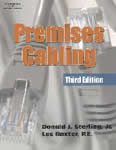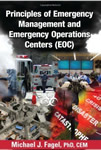7/31/2009· Accident Investigation & Reconstruction
Forensic Engineering Experts: Seatbelts
Motor vehicle seatbelt use provides highly effective protection in frontal collisions for impact angles up to 30 degrees off-center (i.e. between 11 and 1 o’clock). All states have laws requiring their use for front seat passengers, as they have been shown to reduce moderate to severe injuries by 50%. They are less effective when your car is hit in the rear or side and sometimes their locking devices malfunction or the anchorage gives way.












